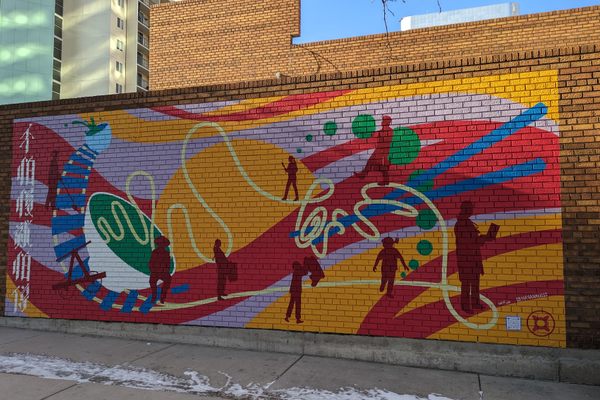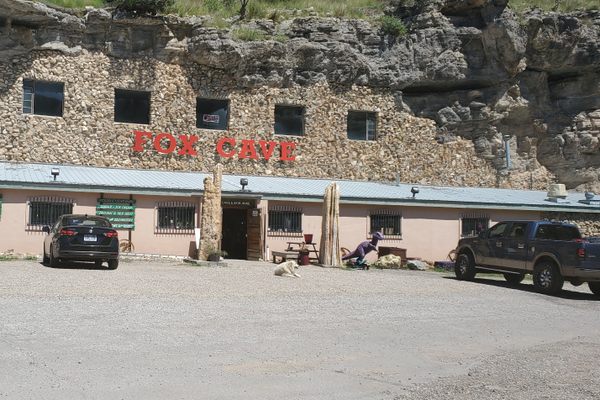About
The Italianate-style storefront on the corner of Palm and Chorro Streets in San Luis Obispo, California, originally functioned as the retail establishment and residence of Ah Louis, a prominent Chinese-American entrepreneur, banker, and labor organizer. He was the de facto leader of the local community and is credited with significant contributions to regional commerce, agriculture, and industry. Established in 1874, the first floor of the building served as a counting house, post office, gathering place, pharmacy, and general store, trading in all manner of goods, including rum and opium; and it was the nucleus of Chinatown. The upper floor was the residence of Ah Louis and his family, including his eight children, from 1885 to 1936.
Born in 1840 in the Guangdong Province of China, Ah Louis (then known as On Wong) immigrated to North America between 1856 and 1861 to pursue his fortune in the California Gold Rush. When that endeavor was unsuccessful, he relocated to San Luis Obispo and worked as a hotel cook. Shortly after that, Ah organized work crews of Chinese laborers to build the Pacific Coast Railroad. In 1884, he won a 10-year contract to provide 2,000 laborers to construct the four tunnels for the Railroad's coastal route. Ah also established a flourishing flower and vegetable seed business and built and operated the first brickworks in Central California. Many of the remaining historical buildings in San Luis Obispo, including the Ah Louis Store, were constructed with his bricks.
Ah opened the store to address the needs of the burgeoning Chinese immigrant community on California's Central Coast. The current 2,000-square-foot brick structure replaced the original wooden building in 1885. Ah and his second wife, Eng Gon Ying Louis, lived on the store's second floor, where they raised their five sons and three daughters. Eng left the building only twice during her entire residence there.
On September 30, 1909, the Ah Louis Store was the site of a family tragedy. Eng was murdered while she slept by a gunshot to her head. Her two youngest children were in bed with her at the time. Ah was convinced that someone outside the Chinese-American community had murdered his wife. However, on October 5, 1909, 41-year Willie Louis, Ah's oldest child from his first marriage, was arrested and charged with the murder. He confessed to the crime, stating that his stepmother was difficult and quarrelsome. The murder weapon was recovered from the family's outside privy. Willie was tried, found guilty, and executed by hanging on December 6, 1912.
Ah died in San Luis Obispo on December 16, 1936, at 96. His youngest son, Howard, lived at the store until the late 1990s. The city condemned the property after damage from the 2003 San Simeon earthquake. It was subsequently acquired by Ah's great-grandson, who restored the building inside and out. The Ah Louis Store was listed in the National Register of Historic Places on March 26, 2008. The historically preserved and maintained building is now home to Karson Butler Events, a party planning and supply store.
Related Tags
Community Contributors
Added By
Published
August 3, 2023




























